Invasive Species Spotlight: Bamboo
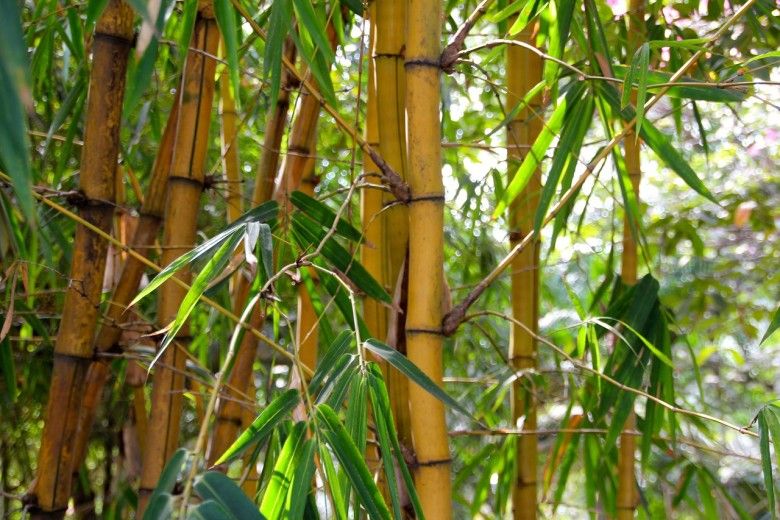
Bamboo is a fast-growing woody grass often marketed as an option for planting privacy screens and windbreaks. While bamboo is beautiful and has many practical uses, it is very challenging to control or remove and should be planted with extreme caution—and certain types should not be planted at all.
Origin
There are over 1,000 species of bamboo native to tropical and temperate regions worldwide. Bamboo plays an important role both ecologically and culturally. It is used in construction, as a food source, and for art. Although some species of bamboo pose an invasive threat to our region, there are also bamboo species, such as rivercane, that are native to our area. There are four species of rivercane (Arundinaria sp.) native to the eastern United States. Rivercane thickets, called canebrakes, once ranged from Florida all the way to New York, and as far west as Texas. Rivercane was used by Native Americans for basket weaving and other traditional arts. Now rivercane only grows in 2% of its former historical extent, and the canebrake ecosystem is an endangered habitat.
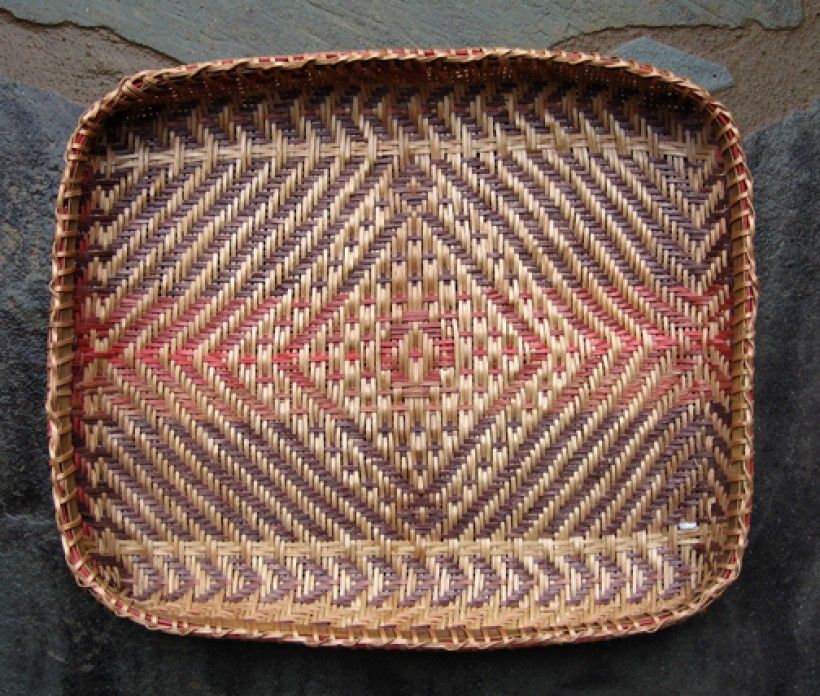
Overview
In spite of the many positive uses of bamboo throughout history, it is a highly invasive species when vigorous varieties are grown outside of their natural range. Bamboo growth habits generally fall under two categories, “clumping” and “running.” Clumping bamboo species expand outwards slowly, while running bamboos can spread rapidly through underground rhizomes. All bamboo species in the genus Phyllostachys spread through runners and are considered invasive. Three common invasive bamboo species in Pennsylvania are golden (Phyllostachys aurea), yellow groove (P. aureosulcata), and giant timber (P. bambusoides).
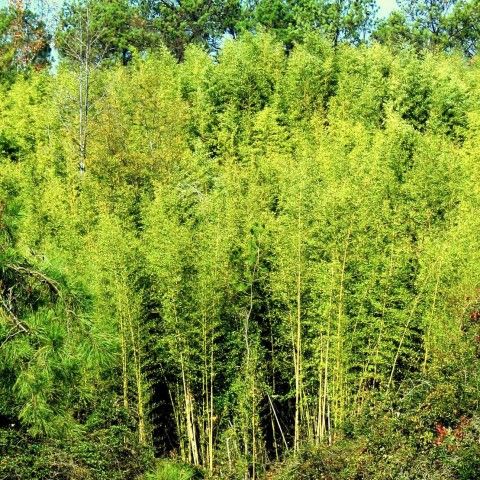
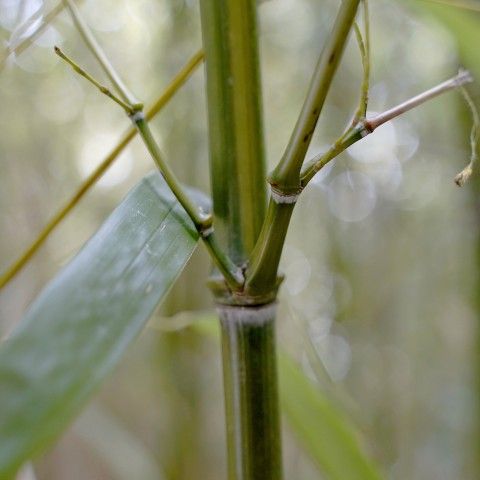
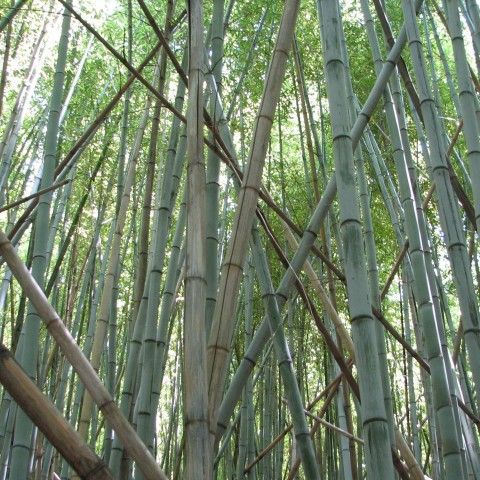
Invasive bamboo growth is a risk to both the environment and man-made structures. Large species of “running” bamboo can spread about 3 to 5 feet in a year, or even 10 feet under ideal conditions. Due to its height and swift formation of dense groves, bamboo shades out all surrounding plants and takes over the native ecosystem, threatening local biodiversity. Its powerful shoots can push through asphalt and cracks in concrete, including house foundations, causing thousands of dollars’ worth of damage.
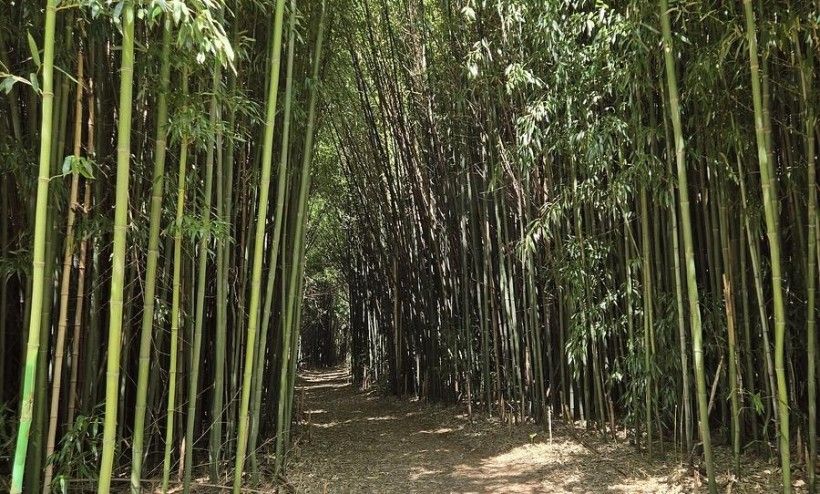
Control
There’s advice on how to contain bamboo using barriers, but those methods require proper materials and installation, as well as regular maintenance to remove errant rhizomes bent on escape. While many nurseries still sell bamboo as an ornamental plant, municipalities throughout Pennsylvania have zoning laws restricting it, and violators face legal action and fines. Ordinances in Chadds Ford prevent residents from planting running bamboo outside of containers or barriers and require them to be kept at least 10 feet away from property lines and public rights-of-way. Violators of the local law must remove encroaching bamboo, or pay a fine of $100 a day.
To get rid of bamboo without the use of herbicides, cut it back and mow down shoots as they re-sprout. The shoots will need to be mowed several times throughout the growing season and cut back for several growing seasons in a row to exhaust the bamboo rhizome. Bamboo can be eradicated with herbicides by cutting it back and either treating the freshly cut stumps with a 25% concentration of glyphosate in water, or spraying re-emerging expanded foliage with a mixture of 5% glyphosate mixed in water.
Alternatives
Do not plant running varieties of bamboo. If you must have bamboo for your landscaping aesthetic, plant a clumping variety like fountain bamboo (Fargesia nitida), clumping bamboo (F. robusta), or green panda (F. rufa). For privacy screens, abundant growth, and ecosystem services, there are native alternatives like Eastern red cedar (Juniperus virginiana), big bluestem (Andropogon gerardii), and Horsetail (Equisetum hyemale).
References:
- Bamboo Garden
- NJ Bamboo
- Invasive Plants in Pennsylvania: Golden, Yellow Grove & Timber bamboo
- Western Pennsylvania Conservancy
- North Carolina Extension Gardner Plant Toolbox
- Bambu Batu
- Chads Ford Township, PA: Regulations governing running bamboo
- National Park Service: Rivercane: Our Native Bamboo
- Phillyburbs: Bamboo ordinances shoot up in Bucks, eastern Montgomery counties